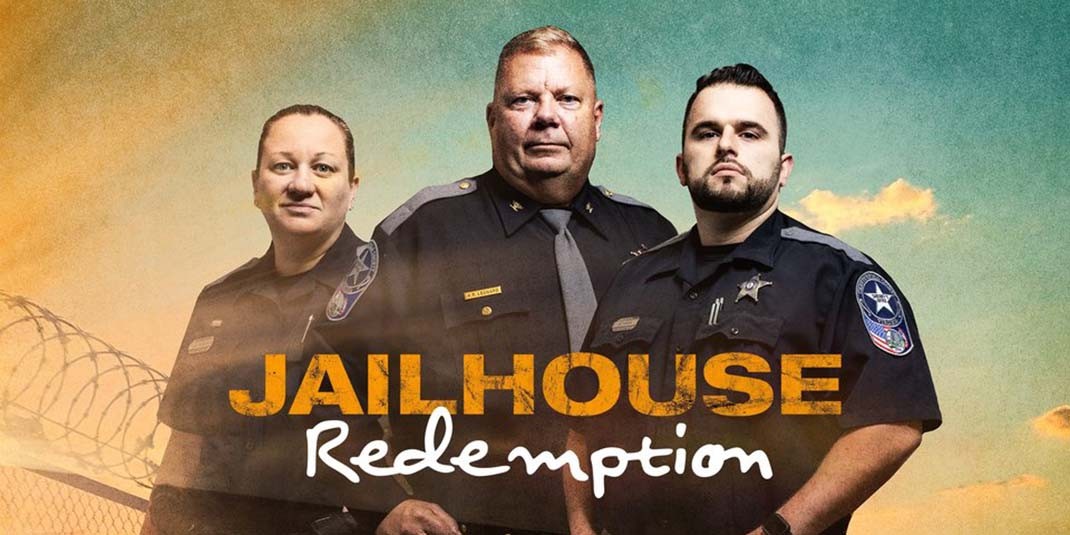“I always try to separate the person from the problem. It’s really important, particularly with addiction, because it’s so easy to take on the stigmas about being an addict in our world, and taking that on that doesn’t actually help you heal.”
Roeber honed his particular brand of therapy during his internships as a student at BC. He provided one-on-one therapy to men with substance use disorder at the High Point Treatment Center in Brockton, Massachusetts, during his first experiential learning opportunity, working to incorporate narrative therapy into their sessions. “What if we start trying to play with these stories about ourselves and see if that’s helpful for folks?” Roeber recalled thinking. “So I began to dabble in this work, experimenting with externalizing relationships with addiction.”
His second internship, at the Suffolk County Jail in Boston, gave him the space to work with inmates and focus on the humanity of incarcerated people. He made clinical assessments, ran a group therapy session, and worked with individuals in the segregation unit. “We often define people in a correctional facility by the reason they’re there,” said Roeber. “And we have to be careful about trying to maintain that this is a person and that they have their own autonomy, agency, and dignity.”
His curriculum in the HARP program now includes a unit on neuroscience and how heroin use can rewire the brain. He credited BCSSW associate professor Jessica Black with helping him understand how the brain works and said that his lessons incorporate videos that Black sent him for the program.
“We talk about why people do certain things underneath the influence of these drugs, why withdrawals happen, and why there’s significant long term impacts of drug use,” said Roeber, who took every course Black taught at BC. “I kind of go from a basic level of having fun learning about what the brain can do to how drugs actually affect it.”
He acknowledged that the film crew initially distracted him as he worked with the inmates in the HARP program. But he got more comfortable with the cameras over time and even used his knowledge of broadcast journalism to suggest a few places for the producer to shoot some footage. He said he wanted to help the crew tell an accurate and thoughtful story while maintaining the confidentiality of the inmates, some of whom requested to share particularly personal details of their lives off camera.
“It’s hard not to think about the questions you’re asking and how the conversation is going when it’s being filmed,” he said. “But you have to push against that, keep operating in an authentic way, and keep moving forward.”




